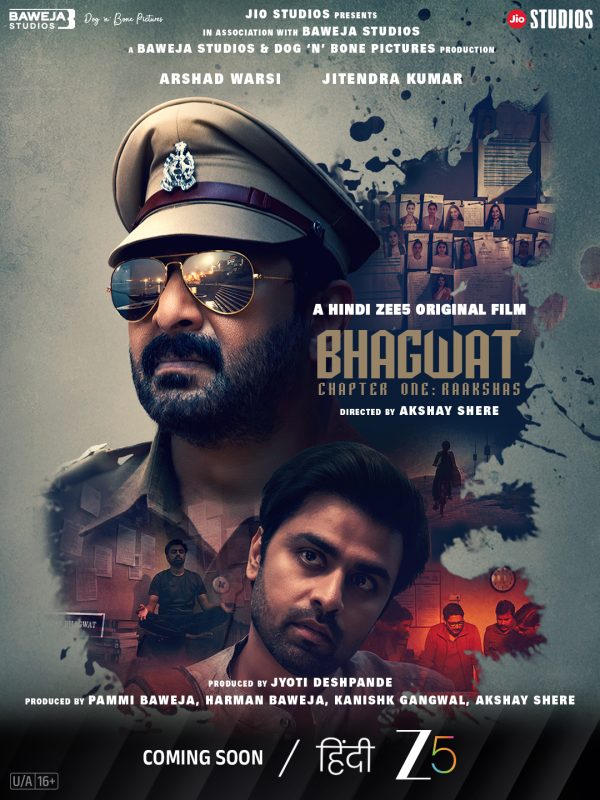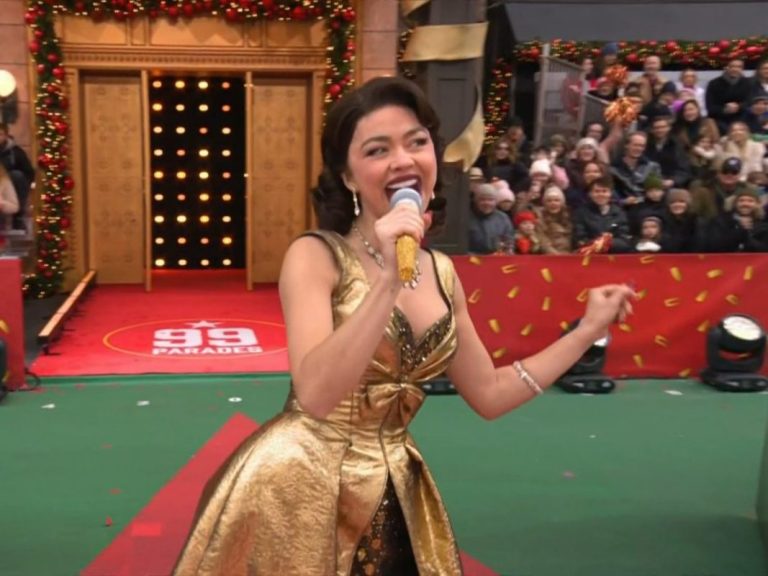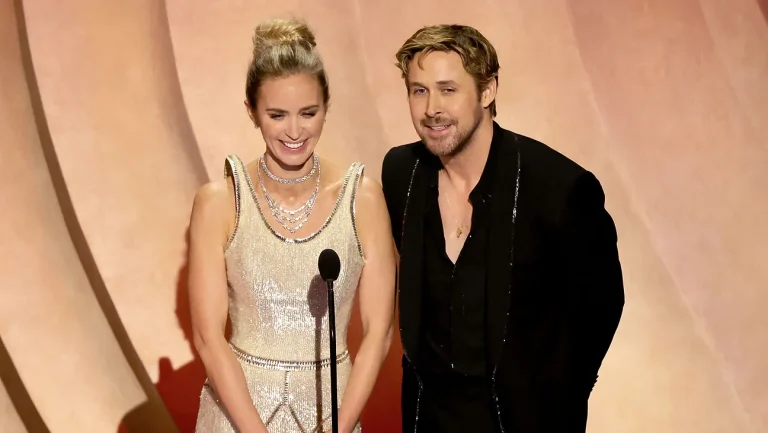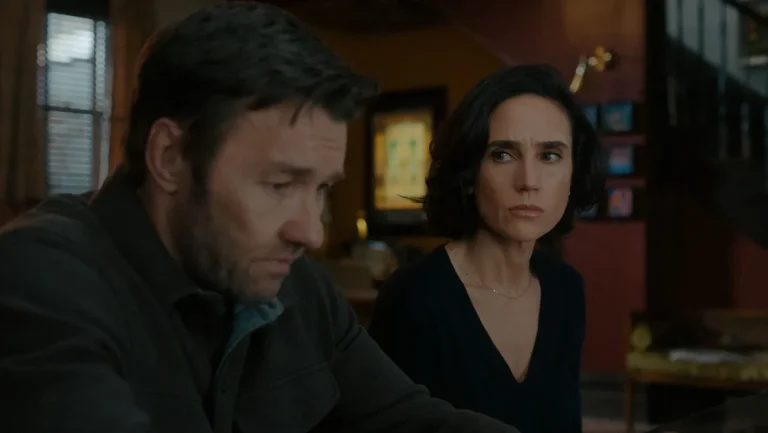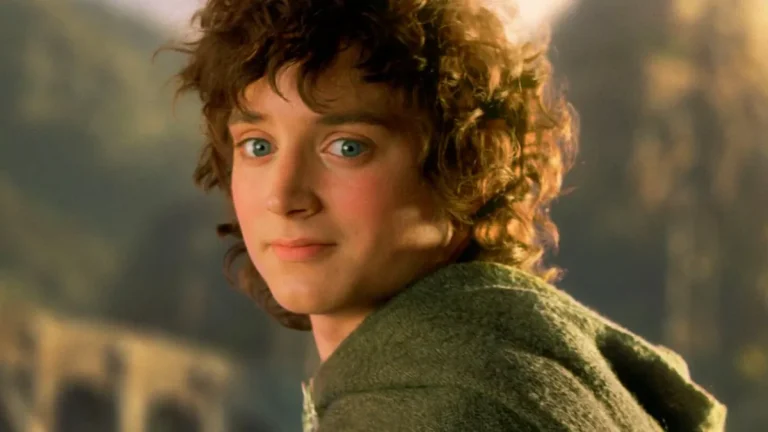Kelly Reichardt, known for her contemplative and patient filmmaking, has often been compared to the legendary Japanese director Yasujirō Ozu. Ozu’s work has influenced Reichardt’s films profoundly, particularly in how both directors explore the intricacies of domestic life and generational divides within their respective cultures.
“He’s [Ozu] very good with his use of language. In Japanese tradition, the characters are so polite, but then the way the film is shot reveals the interior of what’s really going on with these people,” Reichardt explains.
Ozu, a master of capturing the quiet moments of life, focused on the generational division and the subtle dynamics within Japanese families. His films, such as Late Spring and Tokyo Story, are celebrated for their portrayal of the changing roles and expectations within families, often against the backdrop of a rapidly modernizing Japan. Reichardt sees a parallel in her own work, where she observes the everyday lives of ordinary Americans, whether through historical lenses in First Cow and Meek’s Cutoff, or in contemporary settings in Wendy and Lucy and Showing Up.
[Yasujirō] Ozu, he gives you an assurance that it’s okay to be still. It’s okay to just be in these times and places.—Kelly Reichardt
“He’s very good with his use of language. In Japanese tradition, the characters are so polite, but then the way the film is shot reveals the interior of what’s really going on with these people,” Reichardt noted in a recent interview in Tokyo, where she participated in a symposium dedicated to Ozu’s work. This observation underscores the deep connection she feels with Ozu’s approach, where the visual narrative often speaks louder than words, revealing the underlying tensions and emotions in a scene.
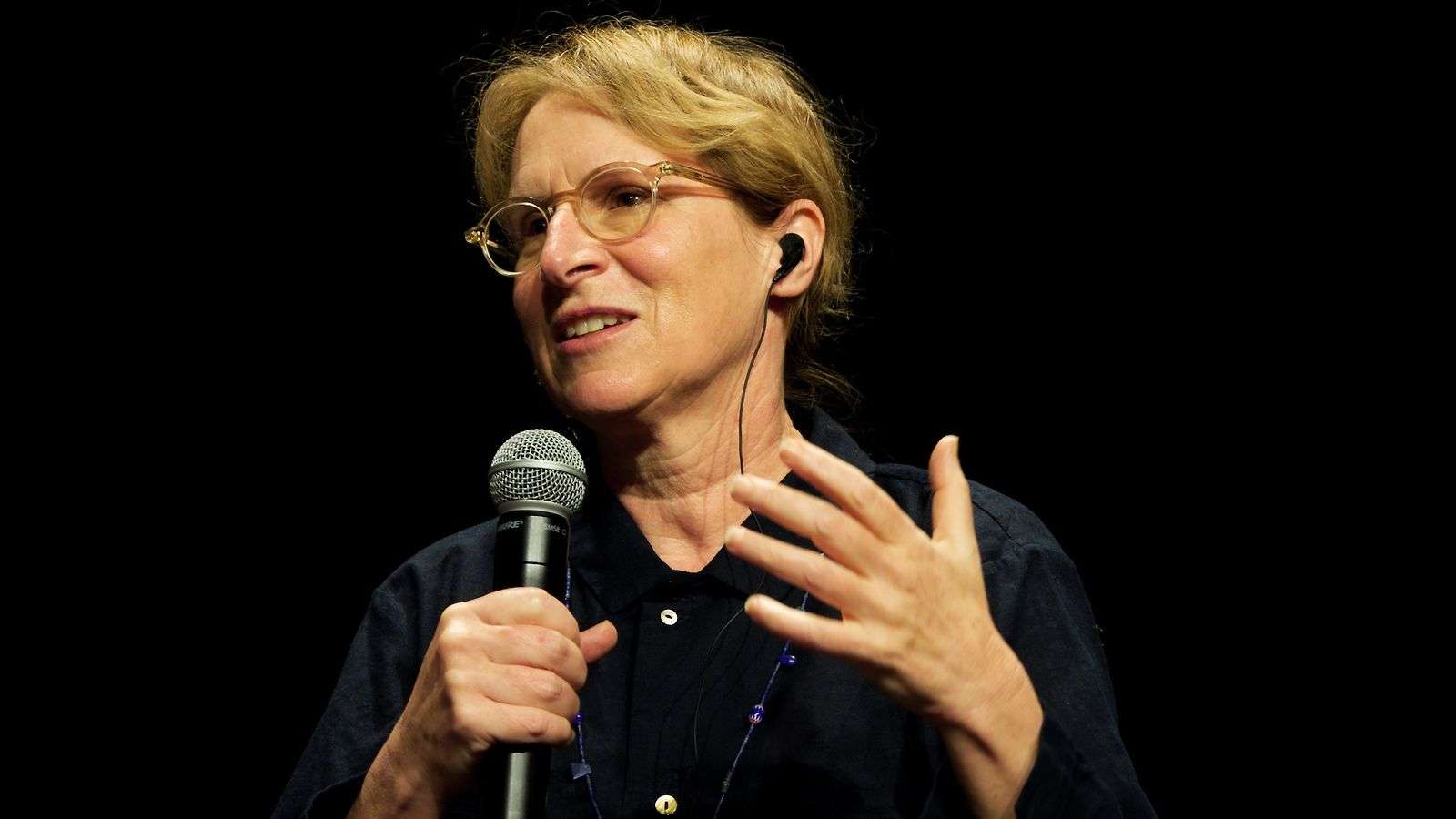
Reichardt’s admiration for Ozu extends beyond their shared thematic interests. She has adopted his slow-paced, observational style, which contrasts sharply with the fast-paced, cut-heavy editing typical of modern cinema. “These days, I try to show things in my class like [Robert] Bresson, Ozu, people that really use the formal language of the frame and try to slow things down,” she explained, acknowledging the challenges of teaching such a style to students who are used to the rapid-fire editing of YouTube and TikTok.
Checkout – The 20 Best Films of Yasujirō Ozu, Ranked
For Reichardt, the essence of Ozu’s influence lies in the way he allowed scenes to breathe, giving the audience space to reflect and engage with the characters on a deeper level. “Rather than shot-reverse shots and around-the-corner shots, he would point like that and then he would come around, and he doesn’t have to think about an eyeline because everyone’s looking at a camera,” she remarked, illustrating Ozu’s distinctive approach to framing and perspective.
However, Reichardt is acutely aware of the broader issue of declining interest in classic cinema, particularly in an age where attention spans are shrinking and the demand for instant gratification dominates. “It’s a lost cause,” she lamented, discussing the dwindling audiences for classic films. Despite this, she remains hopeful, emphasizing the importance of preserving the works of filmmakers like Ozu. “In America, you have the Criterion Channel, and you can see all of Ozu’s films there, even his silent ones. That’s crazy, right? You can have access to it, so if you’re interested, it’s easier to find these things now more than ever.”
Reichardt’s deep appreciation for Ozu’s work is not just a personal passion but also a professional influence that permeates her films. As she continues to explore the lives of ordinary people through her unique lens, the spirit of Ozu’s meticulous and humanistic storytelling lives on. In an era where the cinematic landscape is constantly evolving, Reichardt’s commitment to preserving and learning from the past ensures that the legacy of masters like Ozu will endure, inspiring future generations of filmmakers to slow down and observe the beauty in the mundane.





